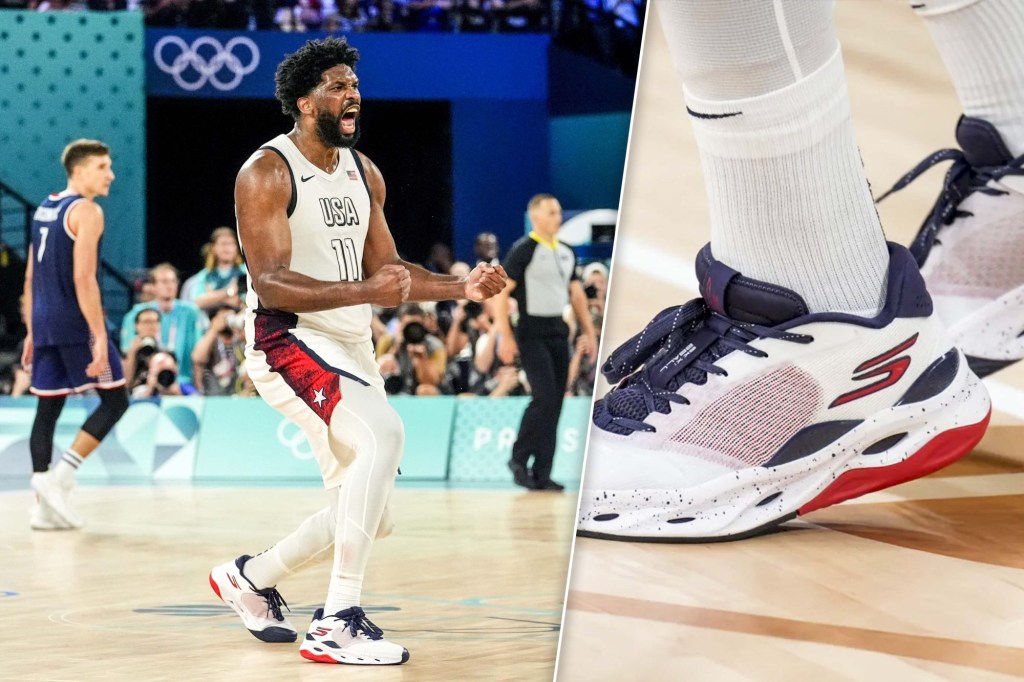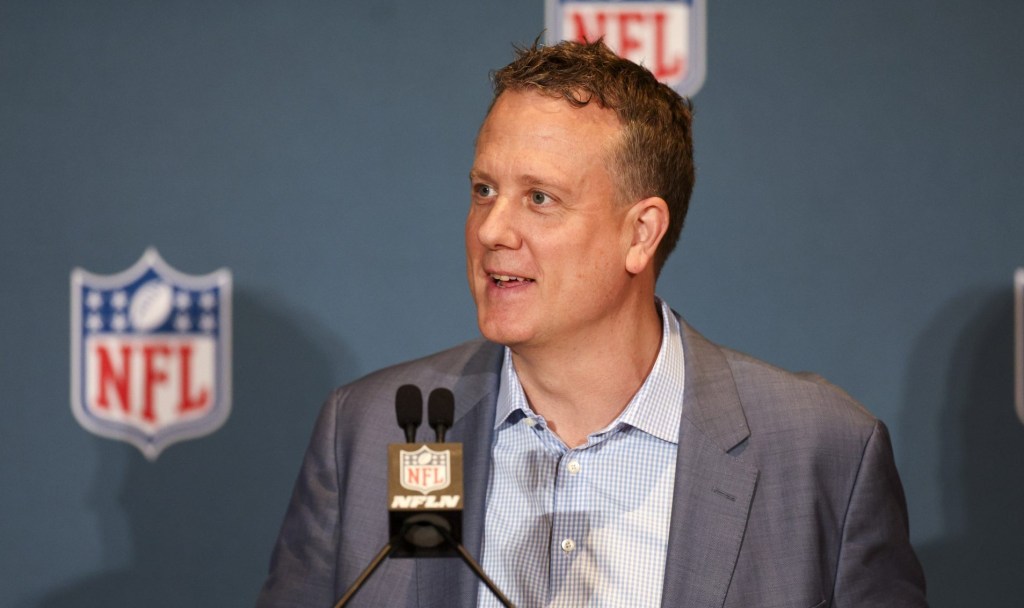
By: Sam Shields, @samshieldss
In an industry that has been largely dominated by two major players, Nike (NKE) and Adidas (ADR), Under Armour (UA), has become a powerhouse in the ever growing and innovating sports apparel landscape. Only a mere 20 years ago, the average sports fan, gym-goer or amateur athlete would typically be seen sporting a Nike swoosh or an Adidas striped logo. When it came to professional athletes, if one of these sports apparel giants wanted to sign, it would be too financially rewarding for the athlete to turn down being the face of the brand that is Nike or Adidas. In 1996, 23-year-old Kevin Plank, founder of Under Armour, had a different vision.
Propelled by the “Cold-Gear” fabric that gave Under Armour its introduction into the industry and by going public in 2005, the company genuinely captured the attention of its competitors between 2006–2008, when they entered the footwear market. From there, it has been a steep and steady climb in terms of revenue, brand awareness, endorsements and market share for the young enterprise.
Sport sponsorship and branding in general is largely reflected around the idea of what brand is associated and tied to the consumer’s brain when a certain sport, athlete, event or item of clothing is presented. What has set Nike above the rest of the competition for so many years, besides the high standard of quality it holds itself to, amongst other factors, is the company’s ability to tie itself to such a wide and unique variety of the sports landscape. Whether its Tiger Woods walking up the 18th green at Augusta in his power red golf shirt, LeBron’s “We Are All Witnesses” billboard in downtown Cleveland or Cristiano Ronaldo connecting on yet another bicycle kick, across the globe the Nike Swoosh is visible to millions. Adidas has done much of the same with the likes of Derrick Rose, Lionel Messi, etc.
How has Under Armour compared? Well, it would seem that supported by a short yet promising history of rapid growth, they have made significant strides. If you take a look at the winners and relevant names of each sport in the past decade or so, chances are there is a star player sporting the Under Armour logo. Superstars include Jordan Spieth, Steph Curry, Tom Brady, Lindsey Vonn, Michael Phelps, Cam Newton and so on. Under Armour has also expanded their reach with the likes of Gisele Bundchen, Dwayne ‘The Rock’ Johnson and Misty Copeland. With names like these, backed by inspirational “I WILL” commercial messages geared to the everyday sports fan, Under Armour finds itself standing out in many, if not the majority of sports and entertainment events taking place each year, thus increasing its brand awareness and association amongst fans and consumers.
As of late, we have also seen in increase in the presence of Under Armour amongst university athletic departments, led by this year’s record deal of $280 million with UCLA, an institution that had previously been signed with Adidas. Other Under Armour schools include Maryland, Texas Tech, Notre Dame, South Carolina and Auburn. While much of the collegiate landscape is still dominated by Nike and Adidas, it will come of no surprise to see Under Armour announcing more deals similar to the UCLA partnership in the years to come as collegiate apparel contracts continue to rise in value.
As it stands today Under Armour and Adidas are virtually neck and neck at the number two spot in terms of revenue generation. Nike, however, has its full attention centered on combatting the advances from the sports apparel juggernaut based out of Baltimore. Can Under Armour continue to sign relevant and proven winners who simultaneously are favored in the public eye? Will they keep closing record breaking apparel contracts with universities in all of the major conferences? If the next 20 years are anything like the previous 20 years, the rivalry that is Under Armour versus Nike and Adidas could become one for the ages.

















